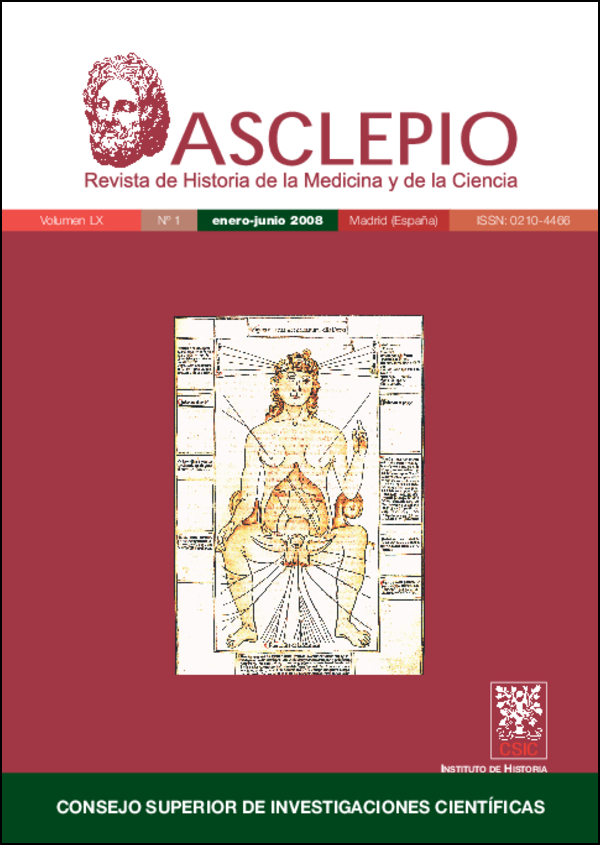The origins of the pavilion lazaretto. Quarantine architecture between the 18th and 19th centuries
DOI:
https://doi.org/10.3989/asclepio.2008.v60.i1.251Keywords:
Lazaretto, Pavilion Quarantine, Plague, Yellow Fever, Spain, France, Italy, 18th Century, 19th CenturyAbstract
The model of pavilion lazaretto was built above the scientific basis established during the hospital reform process held in France on the lasts decades of Eighteenth Century. The morphological solutions adopted for the new quarantine taxonomy has not been given by the example borrowed by the new typology of hospital as resulted in this discussion, but by existing quarantine and detention facilities in general. In this paper we will analyse all factors that have influenced in the configuration of this model of lazarettos.
Downloads
Downloads
Published
How to Cite
Issue
Section
License
Copyright (c) 2008 Consejo Superior de Investigaciones Científicas (CSIC)

This work is licensed under a Creative Commons Attribution 4.0 International License.
© CSIC. Manuscripts published in both the print and online versions of this journal are the property of the Consejo Superior de Investigaciones Científicas, and quoting this source is a requirement for any partial or full reproduction.
All contents of this electronic edition, except where otherwise noted, are distributed under a Creative Commons Attribution 4.0 International (CC BY 4.0) licence. You may read here the basic information and the legal text of the licence. The indication of the CC BY 4.0 licence must be expressly stated in this way when necessary.
Self-archiving in repositories, personal webpages or similar, of any version other than the final version of the work produced by the publisher, is not allowed.















